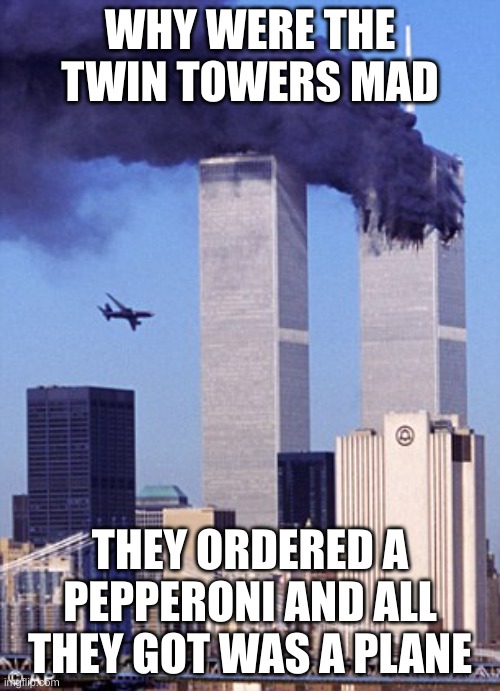

“You are not a horse,” it tweeted re ivermectin. To which methods the question is, if your arguments are strong, why present them in these ways? In this context, I prefer the direct language of the US Food and Drug Administration. These are based on studies that have credibly been called “ suspect” or have been withdrawn over “ ethical concerns”. See also the arguments used to pitch ivermectin, a drug more often used to deworm livestock, as something that prevents Covid. It was devious, in other words, in a way that seems characteristic of those who promote alternatives to official positions on the pandemic. It looked convincing and official, with the logos of the UK government and the NHS at the base, but if you scanned a QR code between the logos you were taken to an anti-vaccine, anti-mask, anti-lockdown website. On a bus shelter outside the British Library in London – and, for all I know, in other locations – there appeared last week a poster lamenting the effects of lockdowns on children. Photograph: Roberto Almeida Aveledo/Shutterstock Packets of ivermectin in Argentina, where its use was growing earlier this year. Not to mention pillars of the world that changed for ever with their collapse. Now, looking at the old images republished with the 20th anniversary of 9/11, the towers look stately and graceful, magically capturing the changing light, serene counterparts to the frenetic city stretched out beneath them.

Yet the Japanese-American Yamasaki was dismissed by his contemporaries for being “dainty”, “prissy”, “epicene”, “ballet school”, for example, on account of the slender gothic-looking arcades that ran around the bases of the towers. When I studied architecture, they typified vacuous modernism – the “largest radiators in the world”, said one of my tutors. To a generation of New Yorkers, they represented the faceless civic-corporate bodies who razed a thriving and diverse district called Radio Row in order to build the towers. The terrorists who destroyed them made them symbols of conflict. To their architect, Minoru Yamasaki, they were “a living symbol of man’s dedication to world peace”. Few buildings illustrated architecture’s power to be different things to different people at different times than the twin towers of the World Trade Center.


 0 kommentar(er)
0 kommentar(er)
